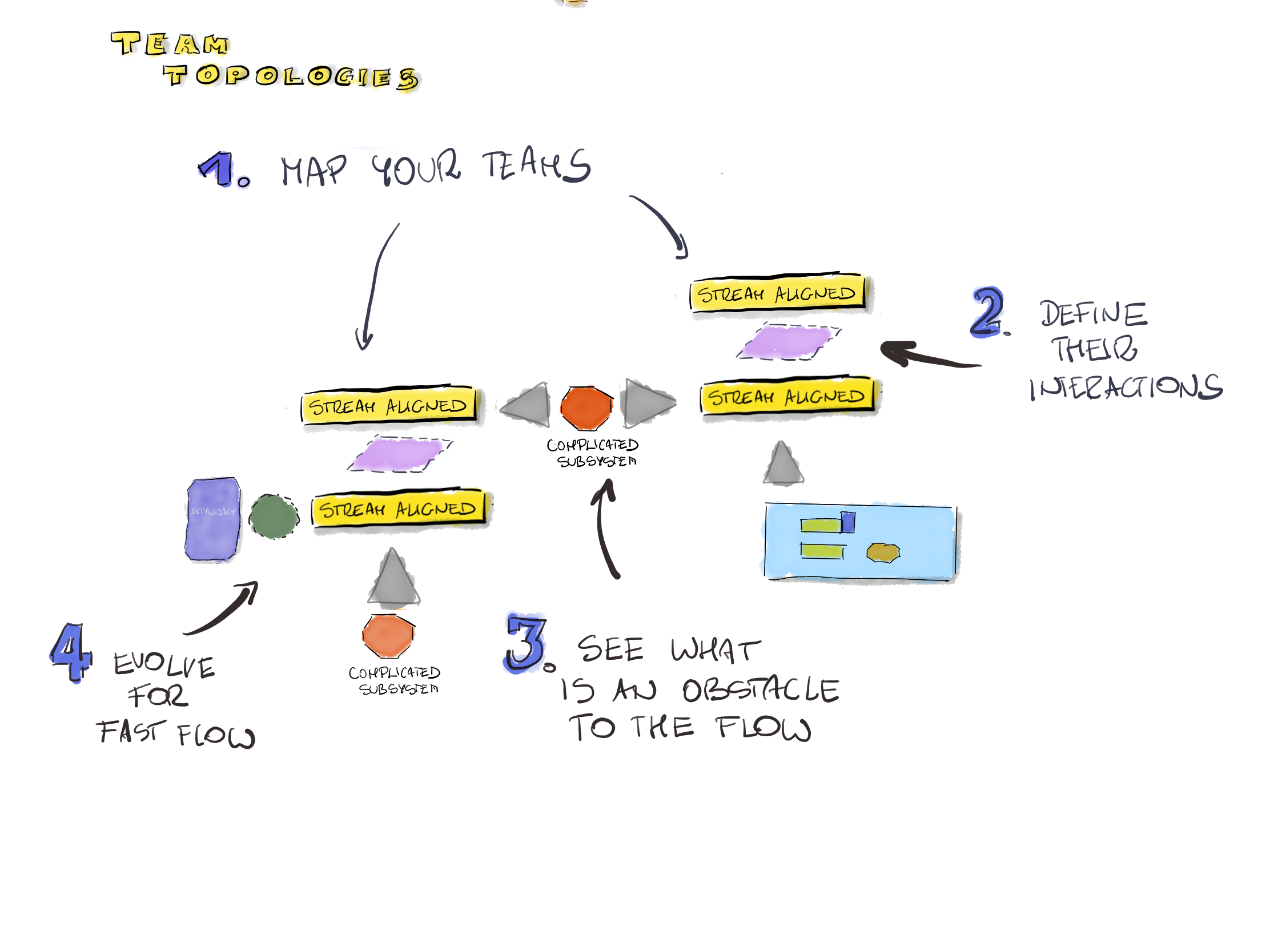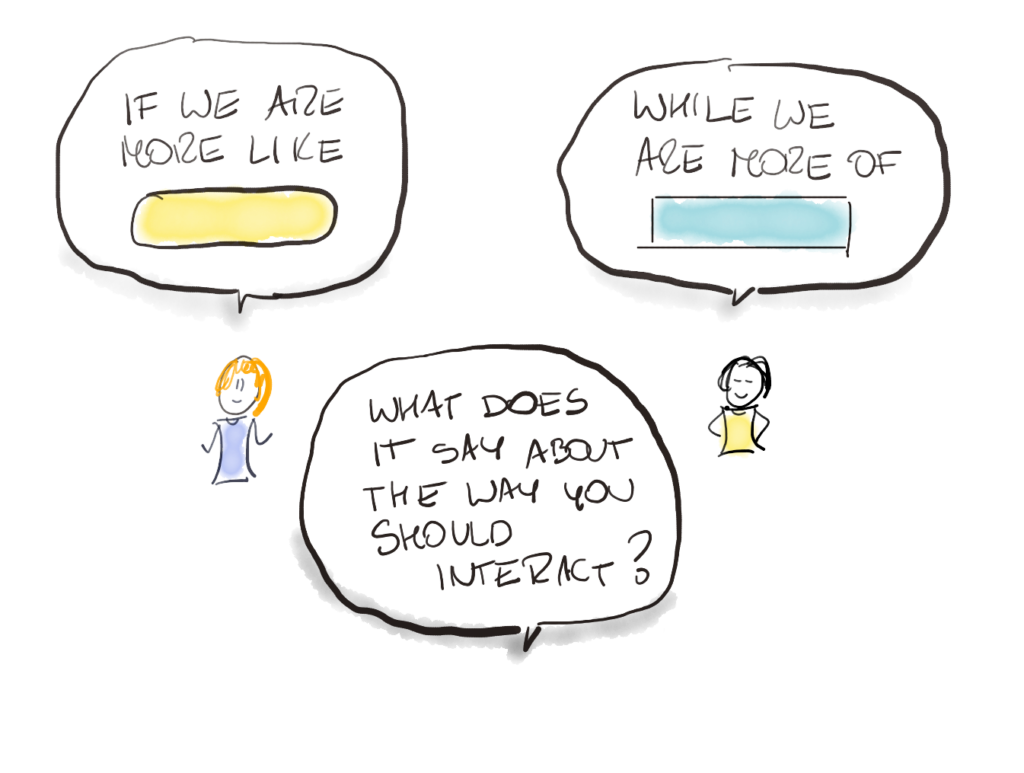Team Topologies
that is, how the types of teams we have and their interactions affect the flow of value and information in organizations.

Do you know these questions?
How many and what kind of teams should we have?
Do our people know: who is working with whom and how?
Is it clear which way our organization should evolve?
We have agile teams, but how do we make the organization more agile?
These challenges not only keep managers or HR professionals awake at night, but unfortunately the lack of clarity of how we work makes it difficult for team members in their daily work.
They seek information, have to find out the “obvious” in a time-consuming and frustrating way on top of that, despite their efforts, a lot of responsibility remains in a gray area between “us and them.”

In response to these issues, in 2018 Matthew Skelton and Manuel Pais introduced the concept of "Team Topologies," a kind of dictionary we can use to clearly define what kind of teams we currently have, and what kind of teams we want, and how to lead the continuous evolution of a company's structure toward facilitating the flow of information and value.
Especially in large organizations developing many products or providing internally and externally many services, it is unrealistic that all teams can function in the same way. Just as in large biological organisms specialization occurs - the genesis of tissues or organs. The same way organizations should evolve.
Team Topologies is a structural framework for teams and a certain management philosophy. It is a pattern language for an organization that considers its evolutionary nature and the need for continuous, focused change. The key idea in Team Topologies is to create the right types of teams that effectively support business goals. These can be specialized teams, responsible for specific areas of a product or service, platform teams, that take care of the technology infrastructure, teams dedicated to experimentation and innovation, and many others. It is important to compose the teams in such a way that they can collaborate effectively and complement each other.
The Team Topologies approach is very compatible in its DNA with the Kanban Method we practice. Flow orientation, continuous evolutionary improvement, and humble acceptance of the current state of the organization.
Do you feel that these are also your challenges?

As Lean Agile Ninja, we have been actively involved in applying the Team Topologies approach to our work with our clients. In recognition of these activities, Radek Orszewski became one of the world's first and Poland's first official advocates of the approach - Team Topologies Advocate.

At the same time, Lean Agile Ninja was the first organization in Poland and Central Europe to pass the accreditation process, obtaining the status of Team Topologies Solution Partner and Team Topologies Training Partner.
So, if you are looking for specific help then you have come to the perfect place!
Want to know more?

Start with Infographics
Infographics available in English, German, Polish and Japanese!
Podcast
Listen to interview with Matthew Skelton in podcast “Kanban przy kawie” (interview in English)
Team Topologies + Kanban
From the New Zealand group’s webinar recording, learn how Team Topologies and Kanban compare!
Team Topologies brings clarity!
Learn how Team Topologies can bring clarity to teams’ interaction with Team APIs.

